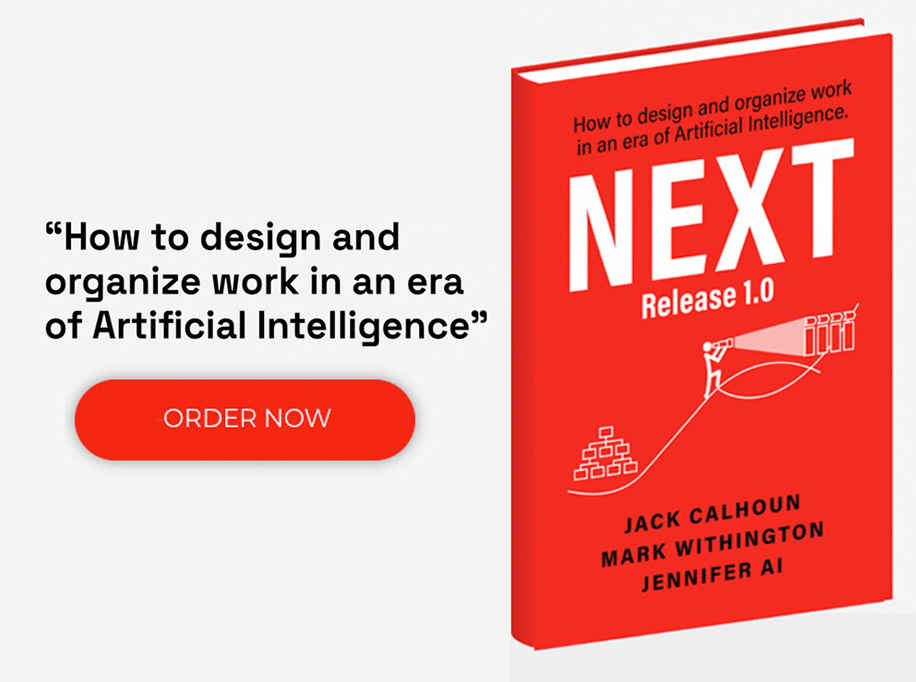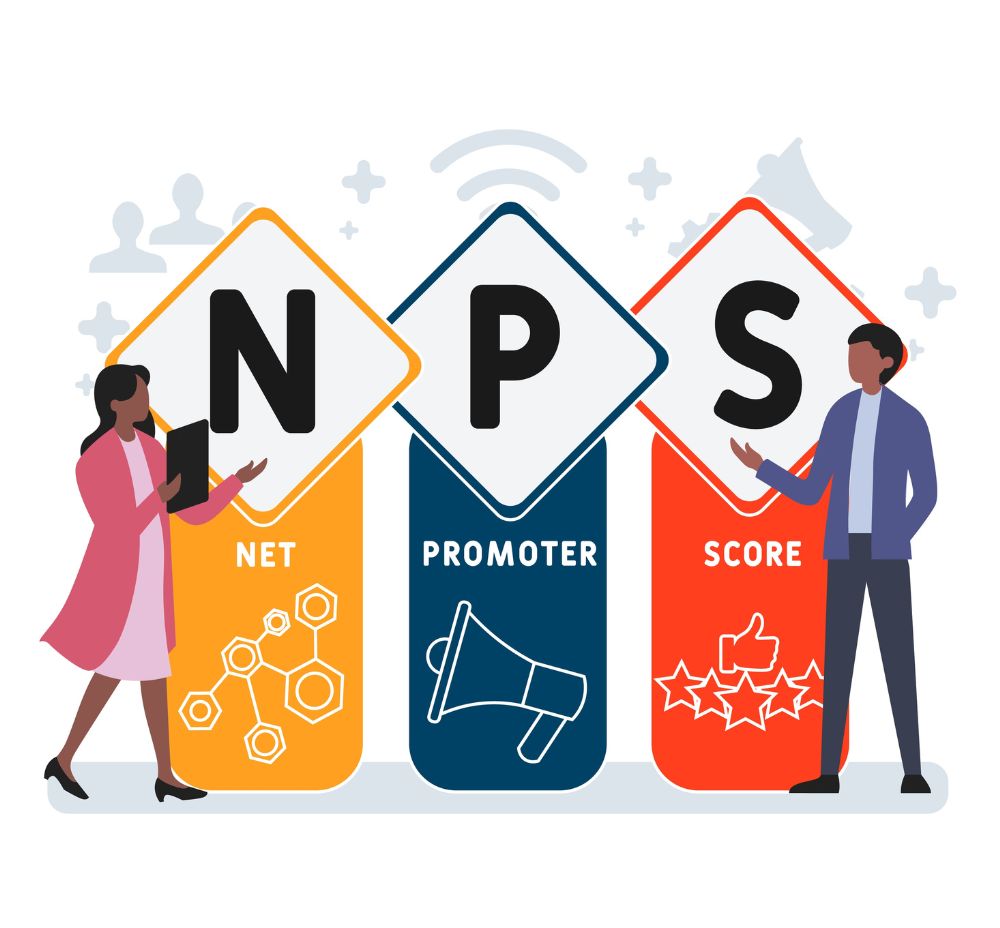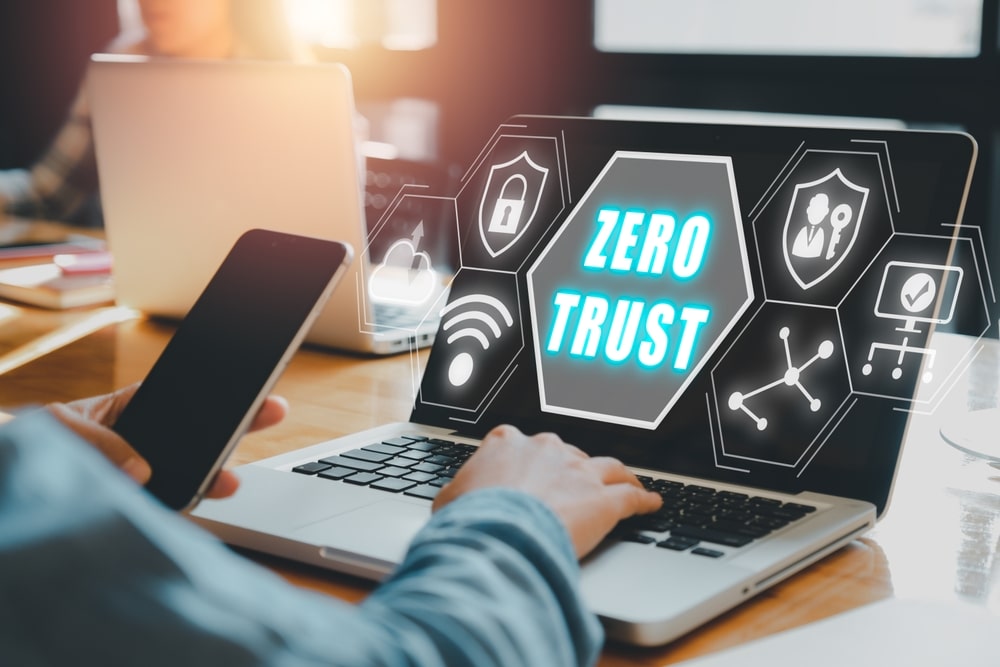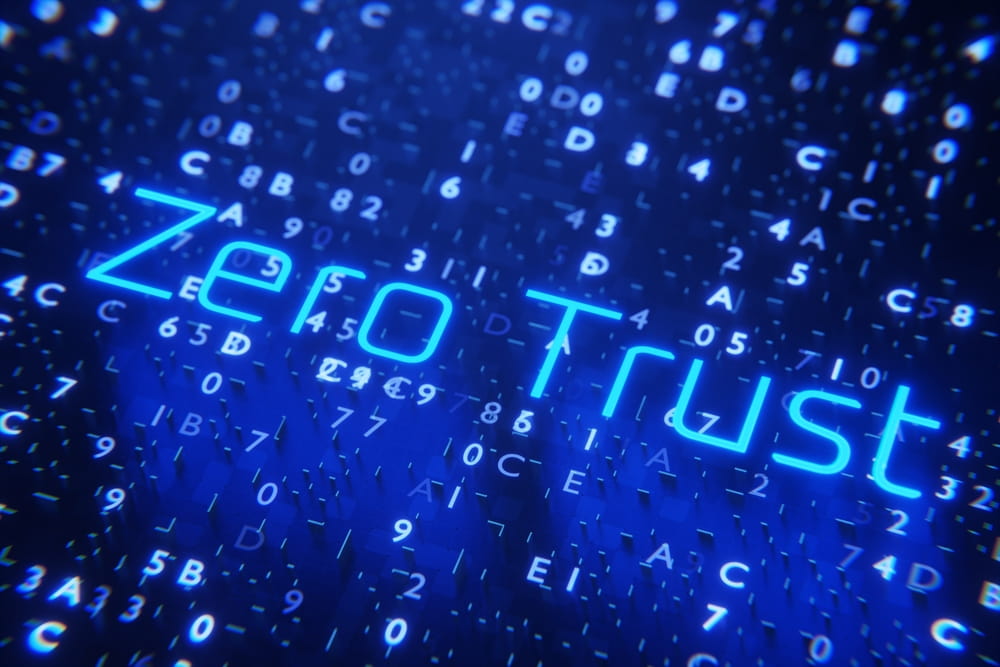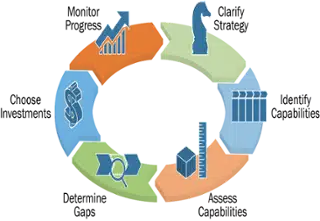In recent years, Software-as-a-Service, or SaaS as it is better known, has been one of the leading trends among software providers. Rather than implementing IT systems on servers owned by customers and having to implement costly upgrades, software vendors maintain control of their applications and sell licenses for access to their customers. While this approach has the potential to greatly benefit both providers and customers through cheaper hosting, access to system upgrades and security enhancements, as well as communal knowledge on business process improvements, both parties are having trouble realizing these benefits due to outdated procurement processes. When conducting a SaaS procurement, buyers need to start by analyzing their core processes to determine what they need the software to address. Buying organizations must be open to processes that software vendors provide that may differ from their own but still satisfy the necessary business outcomes to avoid over customization that shifts the buyer away from the core product.
What is SaaS Procurement?
The process of choosing the best SaaS vendors based on an organization’s specific needs and processes is called SaaS procurement. SaaS procurement includes finding vendors and vetting them to make sure they meet the organization’s minimum standards for compliance and security. The next step is deploying the software throughout the organization. When an organization chooses to deploy a SaaS solution, they are only choosing the provider. The provider handles the servers, storage, and networking details, and licenses the use of their application to an organization.
For this process to be successful, organizations must identify and map out their core processes. Until they understand their processes, they can’t know what they need from an application, which lowers the chances of success. There is an opportunity here for organizations to upgrade their business processes through the use of SaaS.
How Has SaaS Affected the Procurement Process?
Procurement’s role in organizations has dramatically changed over the last ten years largely because of the evolution of SaaS and the shift towards cloud-based technology and delivery models. These huge shifts have forced organizations to change how they choose and implement new technologies, usually with a trend away from on-premise software to SaaS. Instead of a time-consuming and labor-intensive process of RFPs, evaluations, and presentations, many organizations have made the logical shift to SaaS procurement. Now, IT teams and procurement teams are working together to leverage the benefits of SaaS for their organizations.
Benefits of SaaS Procurement
- Solution costs are lower
The costs of on-premise software are high, which include the cost of the software, the hardware, time spent installing and maintaining, and larger IT teams. Since SaaS simply requires the internet, is easy to install, and is relatively low cost, organizations stand to save a great deal of money by using SaaS.
- Easy implementation
With SaaS procurement, procurement and IT teams get to take a step back from implementation and work with the vendor’s services team, allowing them to handle much of the work. This is a far cry from the times when it would take months or years to implement new software.
- Products can be tested
Financial risk can be mitigated by testing out the vendor’s SaaS application. This allows for rigorous analysis of security and compliance, and the ability to see in practice how well the product meets the organization’s needs. Testing also allows organizations to avoid needing to over customize the SaaS and straying away from the core product.
- Effortless Scalability
This is one of the most powerful benefits of SaaS procurement. IT departments can keep up with an organization’s rapid growth effectively with SaaS. With today’s SaaS, the IT team can easily add more users and obtain additional licenses with minimal effort.
- Enhanced security
Organizations can enjoy greater security through the use of SaaS procurement. While there are risks with SaaS applications, the vendor takes on many of the security responsibilities for their application.
- Seamless system upgrades
Updating software used to be cumbersome and time-consuming, but with SaaS applications, upgrades can happen easily and more quickly.
- Less risk with SaaS
One of the most valuable benefits that SaaS procurement offers is that of reduced risk. If the software application doesn’t perform as hoped, then there was minimal time and money lost. This is in direct contrast to the heavy time and financial investments needed to roll out on-premise software across a whole organization.
SaaS Procurement Best Practices
- Create a standardized process for SaaS procurement
Developing a standardized process for sourcing and vetting SaaS applications helps to uphold security standards. This process will prevent subpar applications with security and compliance risks from being implemented.
- Have goals for both security and innovation
Organizations can keep control over their software ecosystem by developing security policies. These policies mustn’t impede the organization’s ability to find SaaS solutions that add value to the organization.
- Cultivate good working relationships with the whole organization
There are many benefits to a healthy relationship between IT and the rest of the organization. When IT is regularly communicating with other departments, business units, and employees, then they are more able to be proactive, rather than reactive, when it comes to IT solutions.

